Built between 1874 and 1884, this building was originally constructed to be the seat of the Imperial Parliament which governed the Austrian part of the Austrian-Hungarian Empire. Theophil Hansen, the main architect, designed this Greek Revival structure in tribute to the philosophy that Ancient Greece had been "...the cradle of democracy." Over the years, this building has been home to several different types of parliamentary bodies.
Today, the current Parliament is comprised of the lower house, called the "Abgeordnetenhaus", or House of Representatives, and the upper house, called the "Herrenhaus", or House of Lords (equivalent to our Senate). The lower house, officially known as the National Council, comprises 183 members elected directly by the Austrian people in a general election. The National Council (the upper house) is made up of 62 members elected by the parliaments of the nine Austrian districts and represent the interests of each of those districts. Both houses occasionally meet together in the form of the Federal Assembly mostly for ceremonial purposes, such as the inauguration of the Federal President.
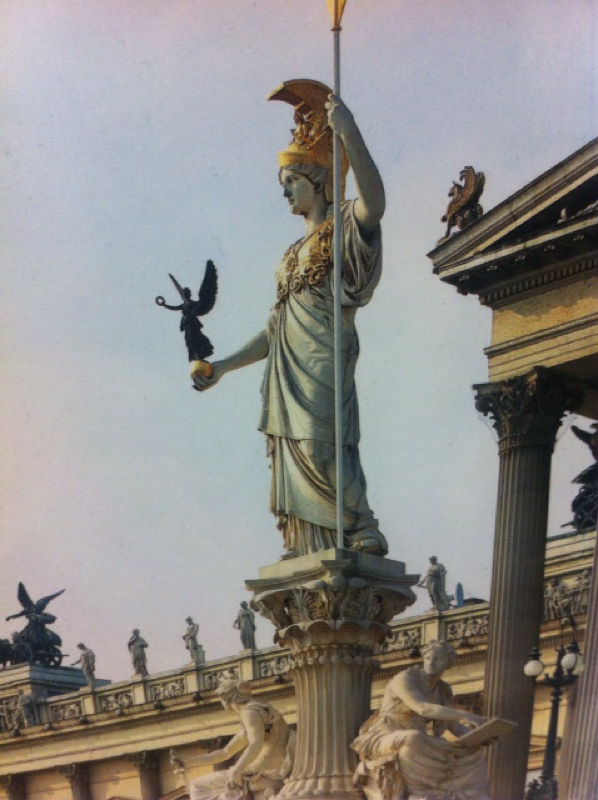
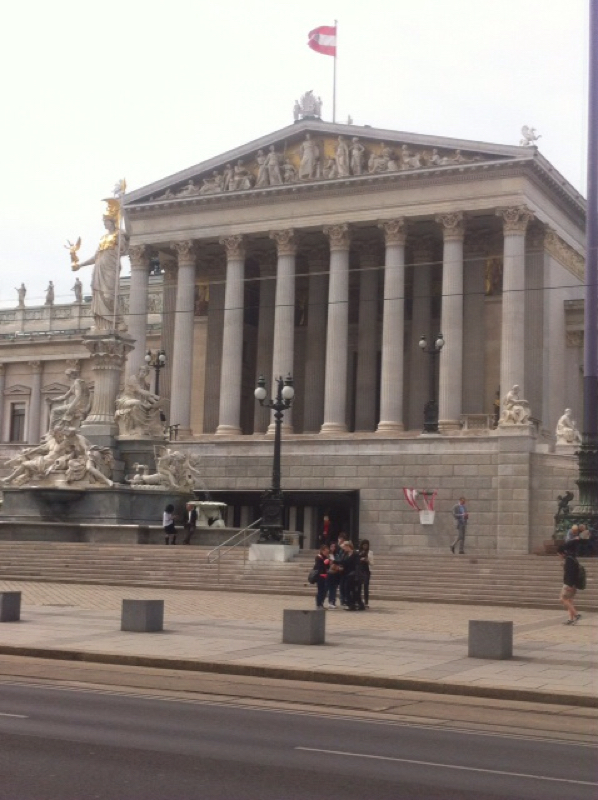
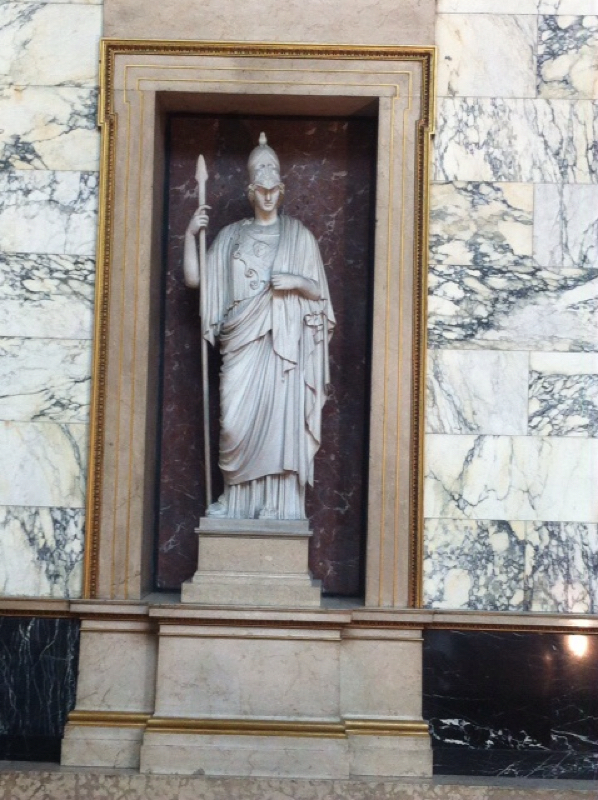
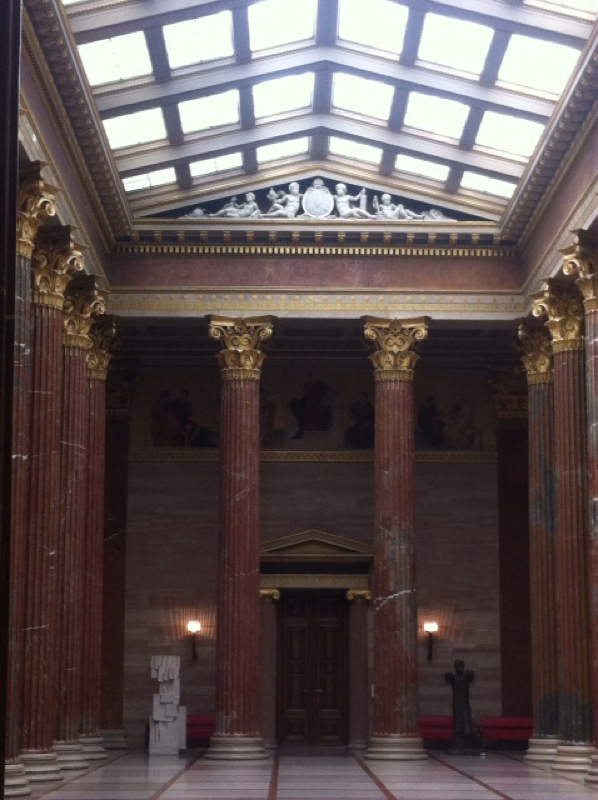
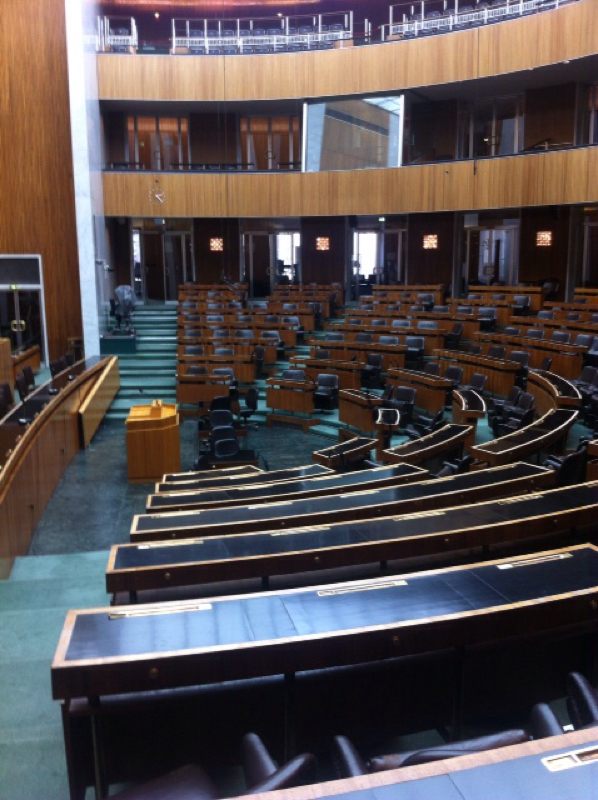
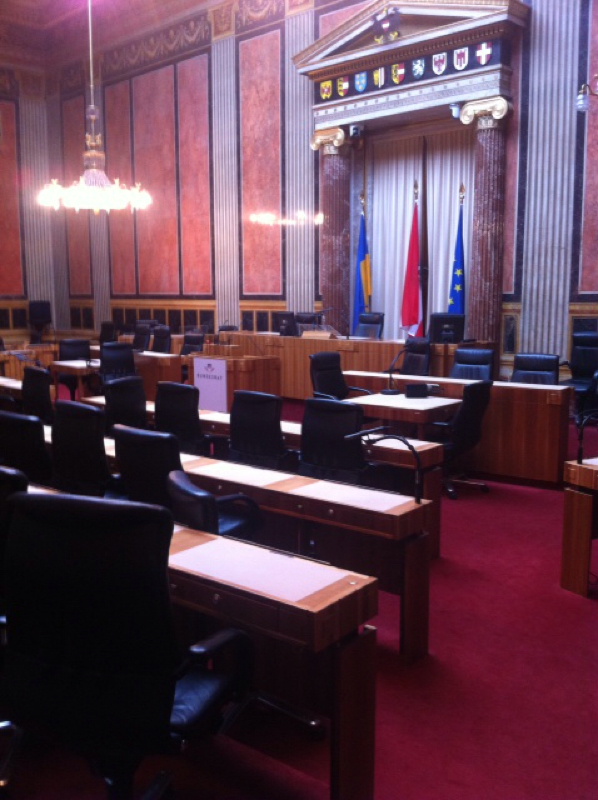
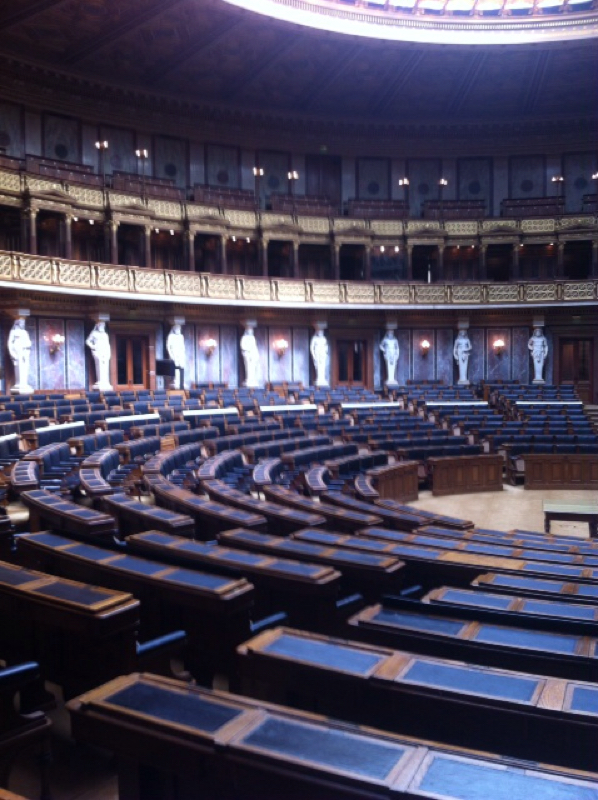
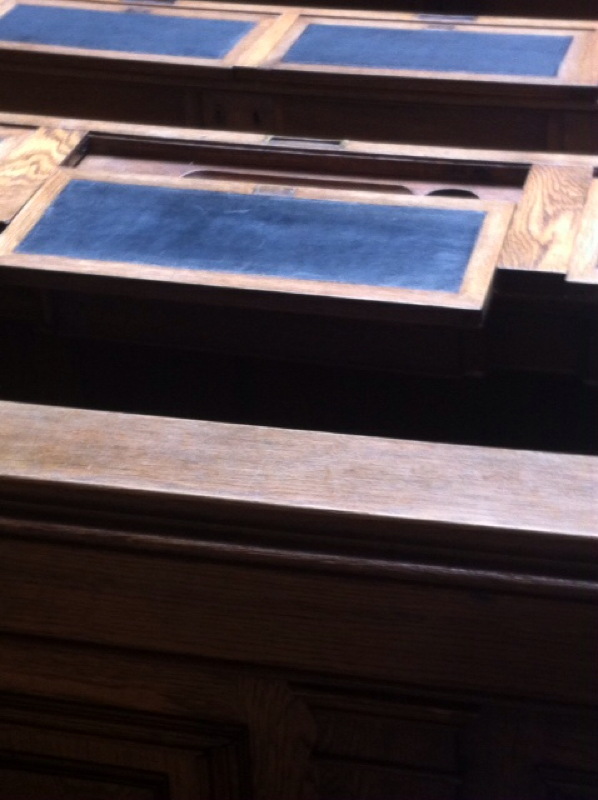
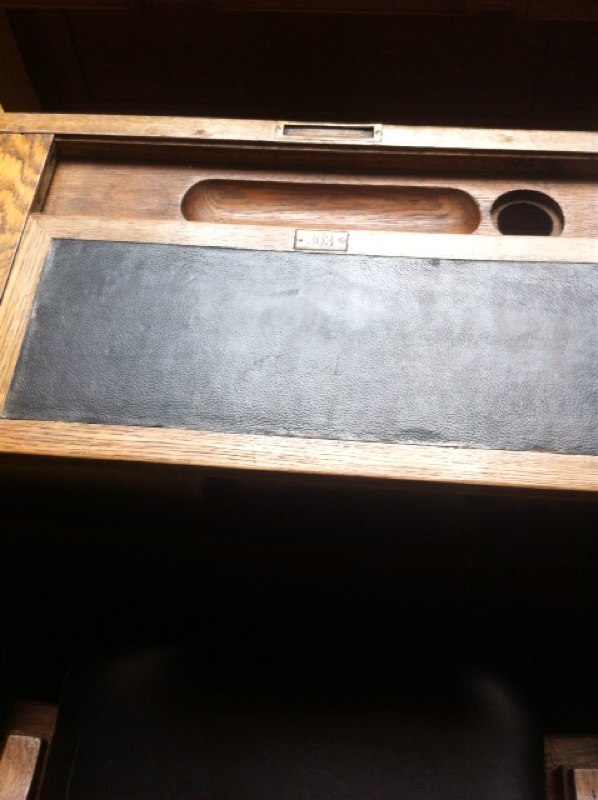
 RSS Feed
RSS Feed
